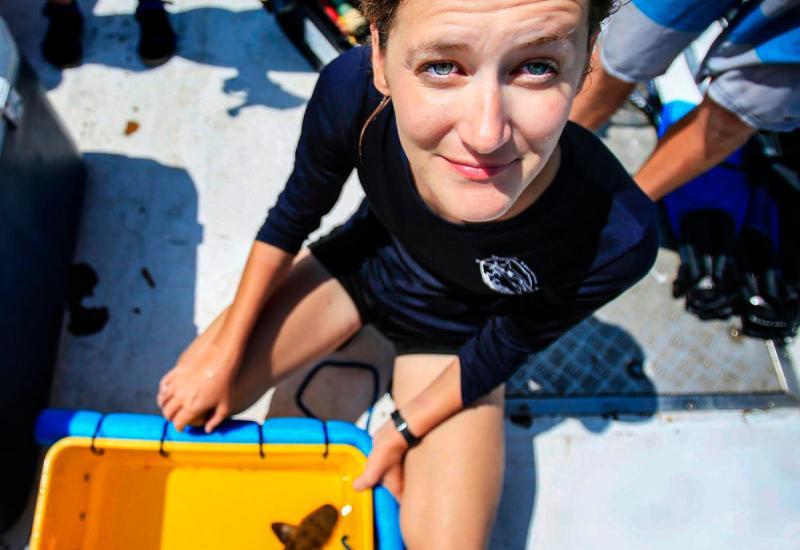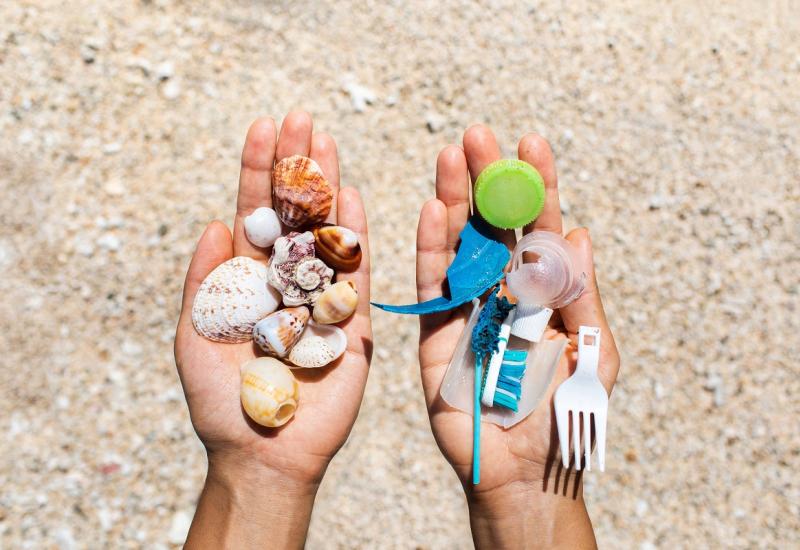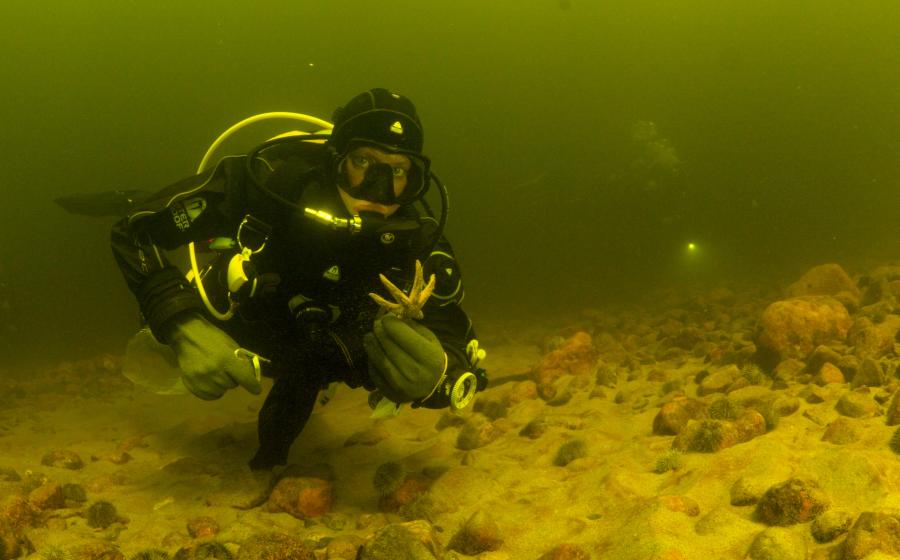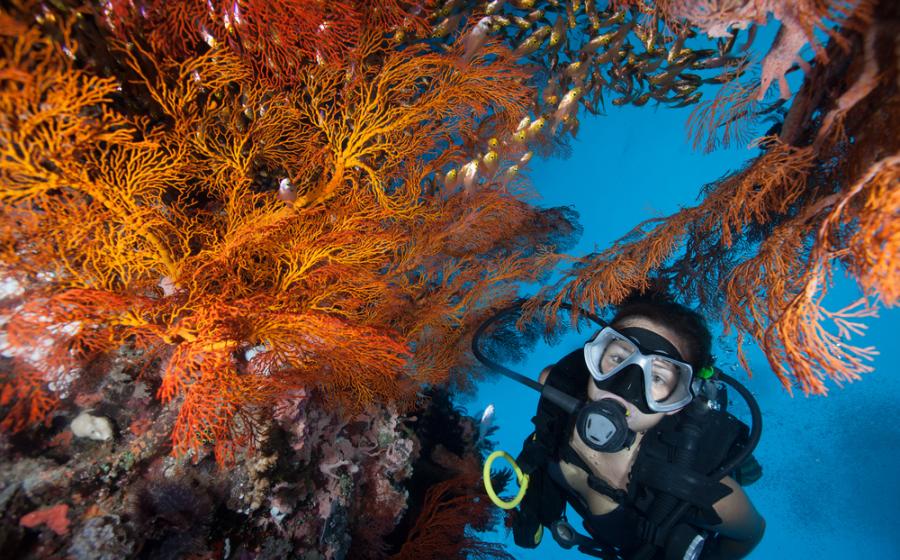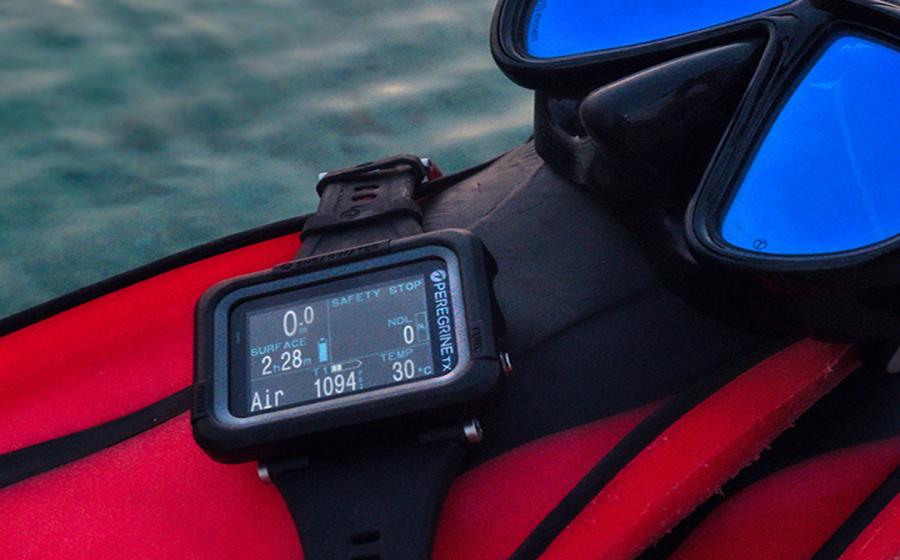New photo book by Bryant Austin captures beauty of whales
Marine photographer and conservationist Bryant Austin has recently released a new photo book entitled Beautiful Whale, which seeks to capture the wonder and mystery of some of the largest creatures ever to roam this Earth. Scuba Diving Magazine had the chance to speak with Austin about his new book, the stunning photos it contains and what he hopes viewers take away from them.
What inspired you to photograph whales?
As a photographer and devoted advocate to marine issues, I always wanted to do something to help whales. My intention was to create something that would evoke unexplored thought and emotion from a viewer who may have no interest in whales. It was actually the expression in their eye that I wanted to share with the world, but to support that expression with the actual scale of a whale’s mass surrounding this portal to their mind.
What do you hope readers get out of this new book?
A feeling of a deeper connection to the greatest minds in our oceans, and how they are completely at the mercy of all the decisions we make that affect their world.
What do you hope this book does as far as conservation?
At the core of my work is the idea of creating something so compelling and perception altering that it inspires us to want to make very small changes in our life-style choices that collectively could have a profound positive impact to the marine environment.
The biggest and most immediate issue is our love of seafood, which causes more than 300,000 whales, dolphins and porpoises to drown in commercial fishing gear each year. That's more than ten times the number of whales killed in a year during the height of commercial whaling in the mid 20th century.
Many of your close-up shots of the whales focus on the eye. Why is that?
There is something universal in the way a whale's eye affects us. It has penetrated the souls of whalers, whale lovers and those who have had no prior reason to be moved by whales. I immediately became aware of this affect the first time I was six feet away from a whale's calm, mindful gaze peering into my own eyes. During that moment, she was no longer a “whale”. That word completely lost all meaning to what was before my eyes.
Looking into their eye, it becomes abundantly clear that there is a high level of intelligence and consciousness at work. Those are the sensations I strive to re-create in my photographs.
What species of whales do you enjoy photographing the most?
Sperm whales captivate my imagination and fondness most of all.
You’re the only person in the world producing life-size photography of whales. What drove you to create these images on such a grand scale?
There is no effective “bridge” between us and whales. Less than one millionth of 1 percent of the human population will ever have the opportunity to float next to the eye of an inquisitive whale and feel compelled to want to protect them.
Creating life-size, high-resolution photographs of whales is a starting point to begin exploring ways to bridge this chasm that causes so much suffering in their world.
Will you continue to focus on photographing whales? What are your future plans with photography?
Whales are very close to my heart and so my photography work with them is less of a project confined by time. Instead, it is a practice that will continue as long as I’m alive, and as long as whales still roam among us. I am currently making preparations to return to the field in 2014 to begin creating life-size photographs of killer whales. I'm also seeking my next commission to create a life-size photograph of a blue whale, the largest creature ever to exist on Earth.
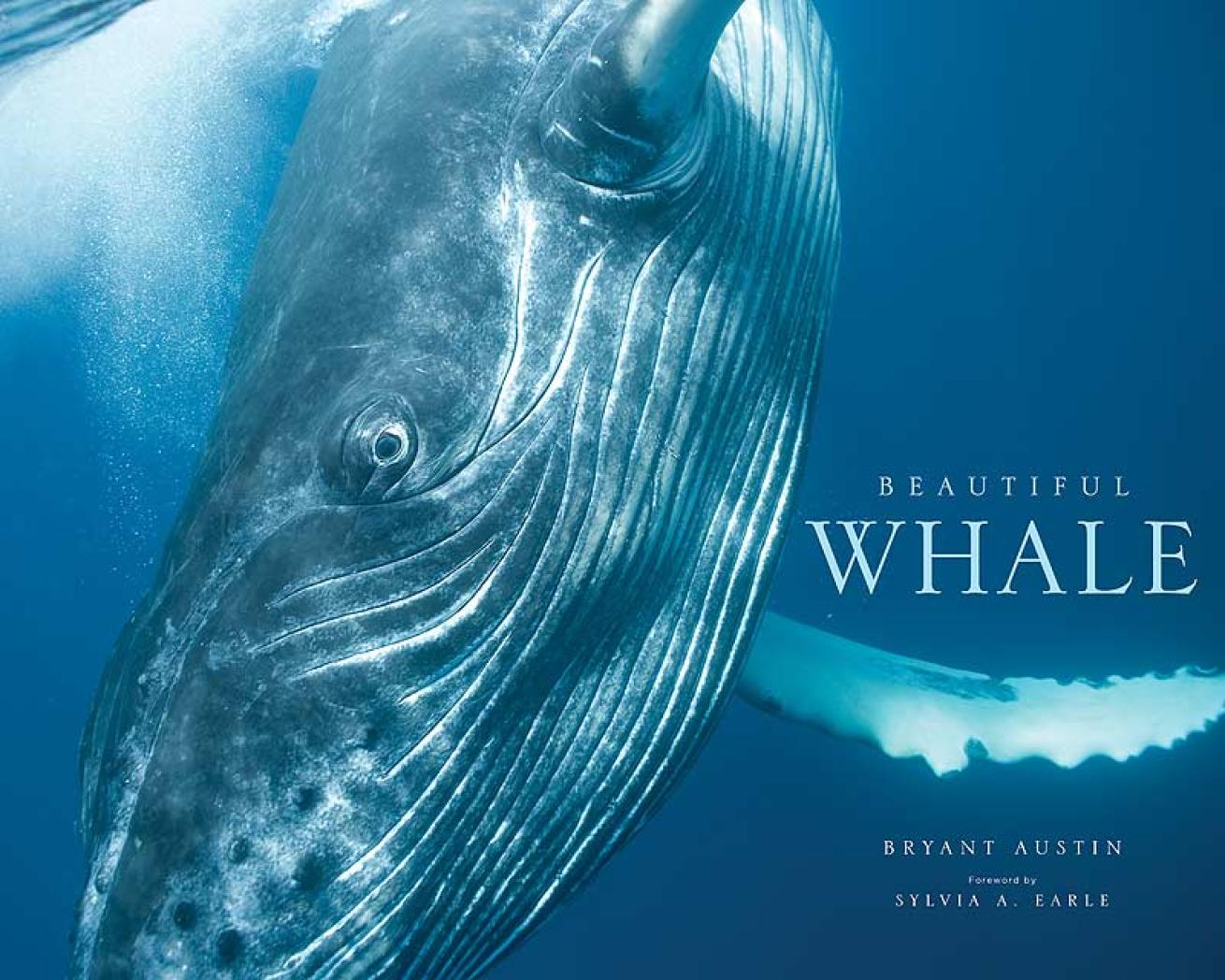
Bryant Austin
Marine photographer and conservationist Bryant Austin has recently released a new photo book entitled Beautiful Whale, which seeks to capture the wonder and mystery of some of the largest creatures ever to roam this Earth. Scuba Diving Magazine had the chance to speak with Austin about his new book, the stunning photos it contains and what he hopes viewers take away from them.
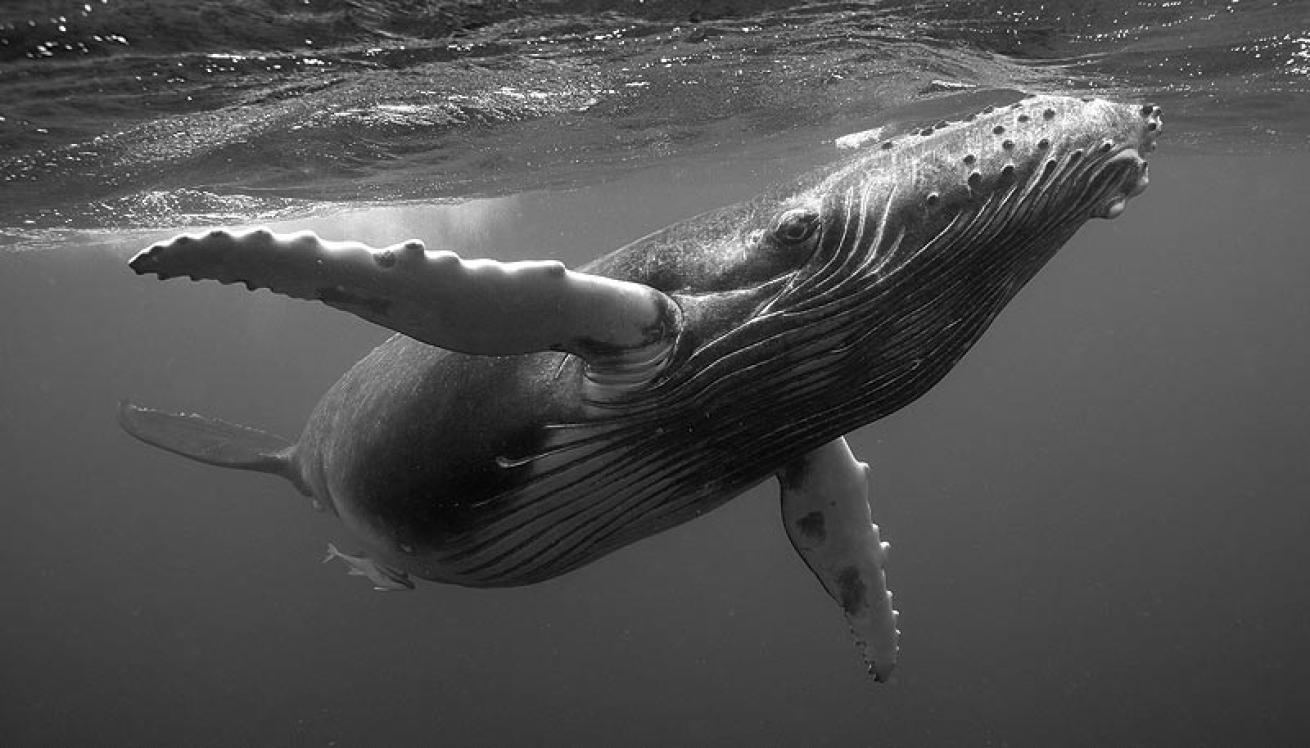
Bryant Austin
What inspired you to photograph whales?
As a photographer and devoted advocate to marine issues, I always wanted to do something to help whales. My intention was to create something that would evoke unexplored thought and emotion from a viewer who may have no interest in whales. It was actually the expression in their eye that I wanted to share with the world, but to support that expression with the actual scale of a whale’s mass surrounding this portal to their mind.
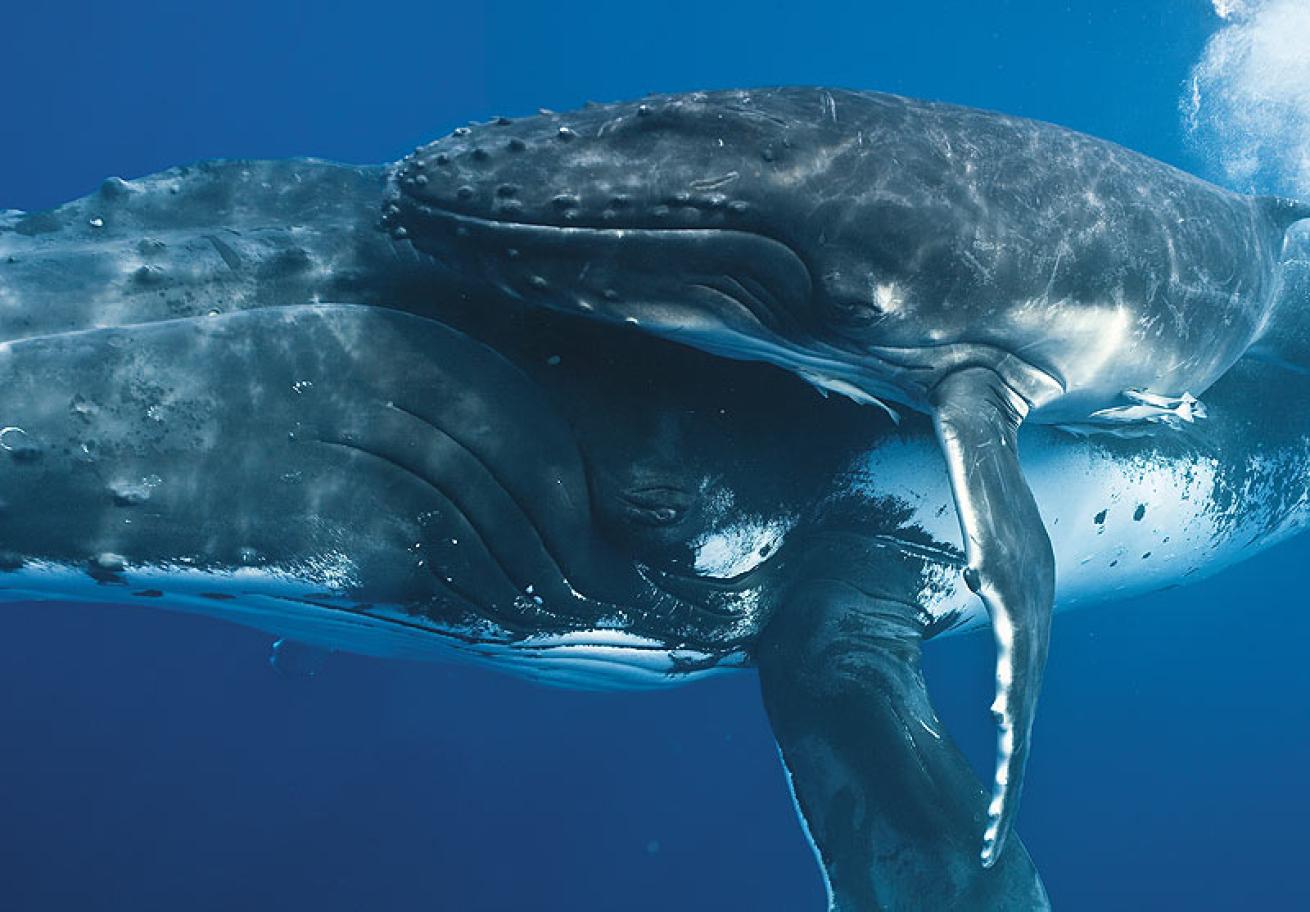
Bryant Austin
What do you hope readers get out of this new book?
A feeling of a deeper connection to the greatest minds in our oceans, and how they are completely at the mercy of all the decisions we make that affect their world.
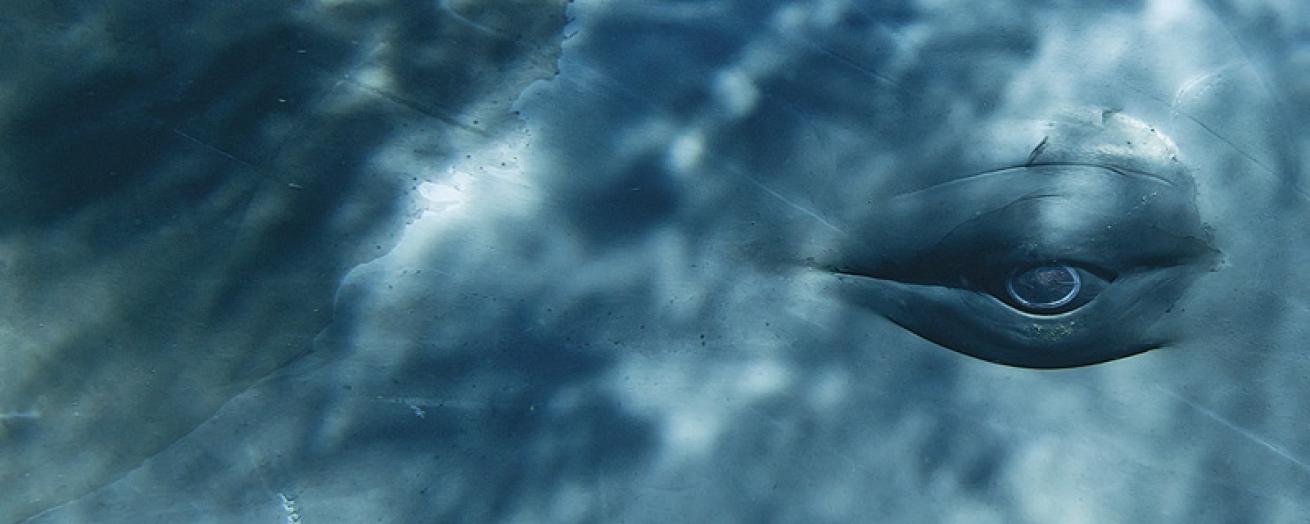
Bryant Austin
What do you hope this book does as far as conservation?
At the core of my work is the idea of creating something so compelling and perception altering that it inspires us to want to make very small changes in our life-style choices that collectively could have a profound positive impact to the marine environment.

Bryant Austin
The biggest and most immediate issue is our love of seafood, which causes more than 300,000 whales, dolphins and porpoises to drown in commercial fishing gear each year. That's more than ten times the number of whales killed in a year during the height of commercial whaling in the mid 20th century.
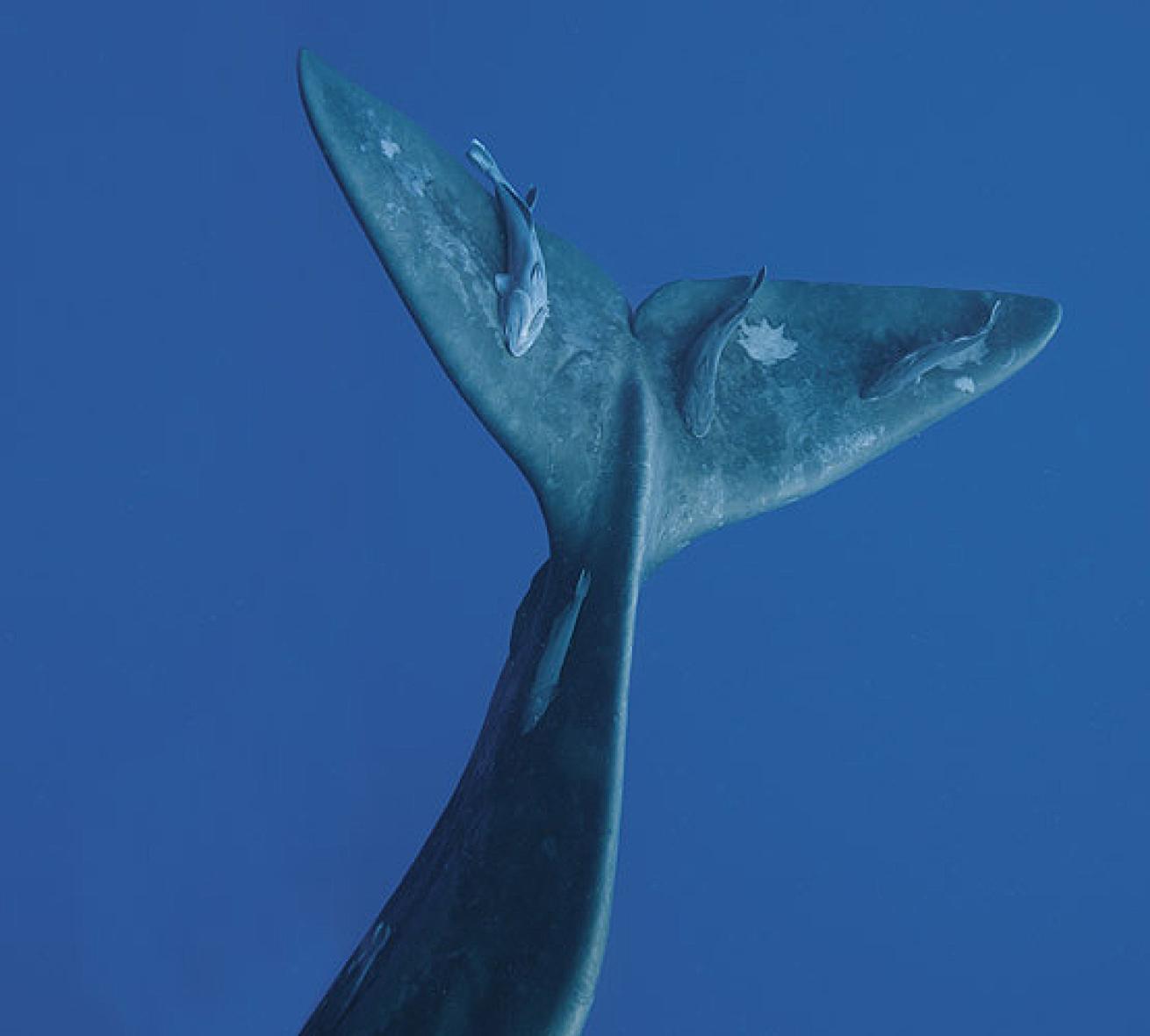
Bryant Austin
Many of your close-up shots of the whales focus on the eye. Why is that?
There is something universal in the way a whale's eye affects us. It has penetrated the souls of whalers, whale lovers and those who have had no prior reason to be moved by whales. I immediately became aware of this affect the first time I was six feet away from a whale's calm, mindful gaze peering into my own eyes. During that moment, she was no longer a “whale”. That word completely lost all meaning to what was before my eyes.
Looking into their eye, it becomes abundantly clear that there is a high level of intelligence and consciousness at work. Those are the sensations I strive to re-create in my photographs.
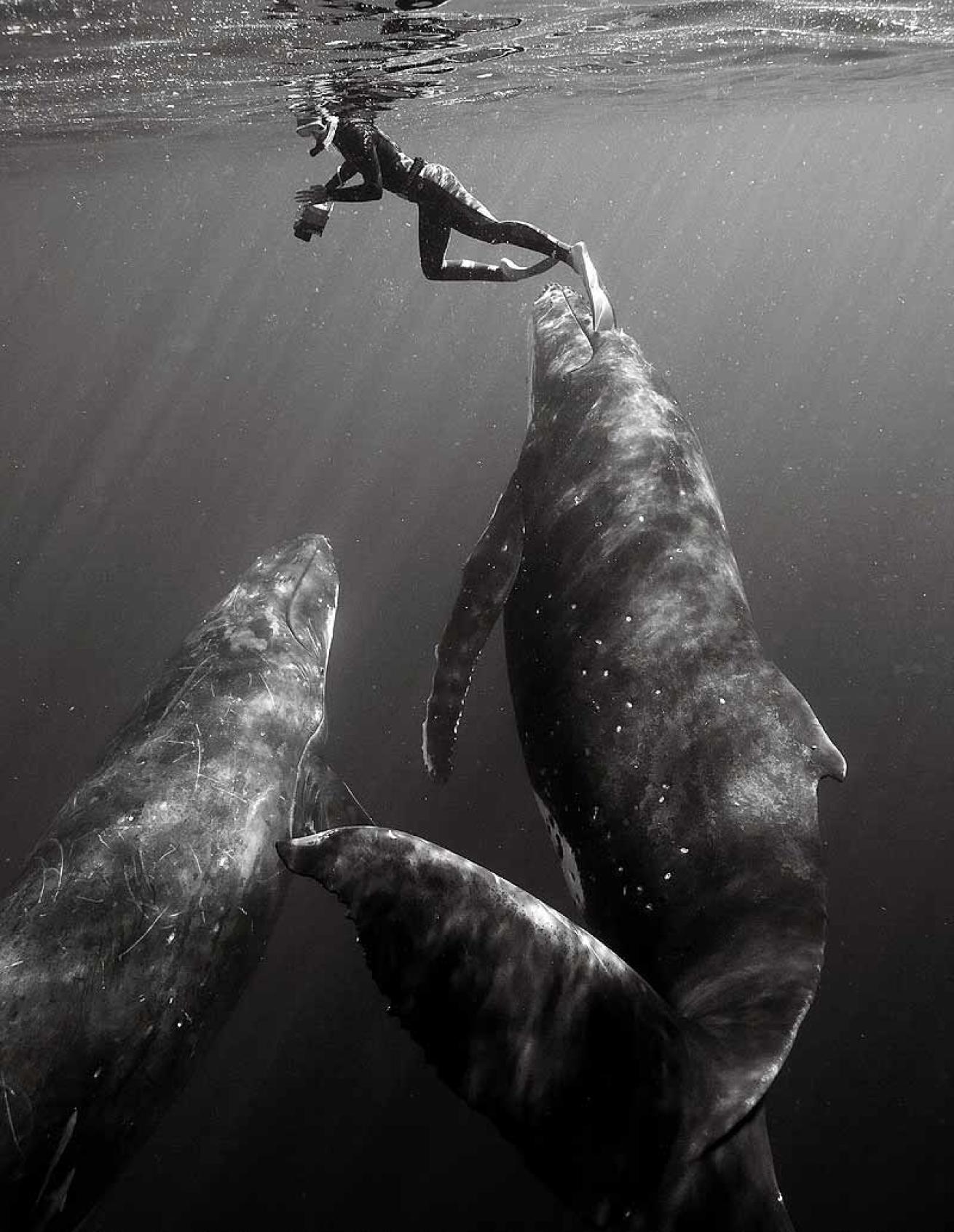
Bryant Austin
What species of whales do you enjoy photographing the most?
Sperm whales captivate my imagination and fondness most of all.
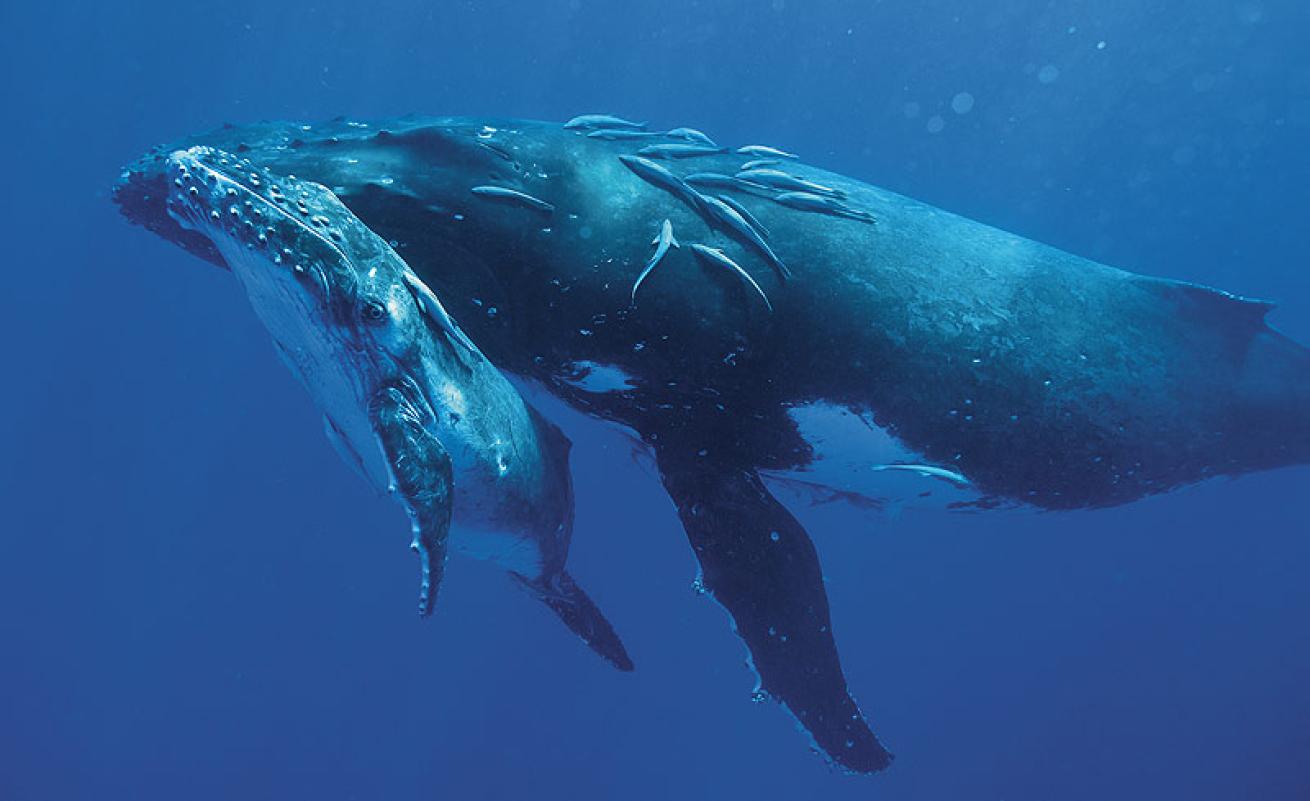
Bryant Austin
You’re the only person in the world producing life-size photography of whales. What drove you to create these images on such a grand scale?
There is no effective “bridge” between us and whales. Less than one millionth of 1 percent of the human population will ever have the opportunity to float next to the eye of an inquisitive whale and feel compelled to want to protect them.
Creating life-size, high-resolution photographs of whales is a starting point to begin exploring ways to bridge this chasm that causes so much suffering in their world.
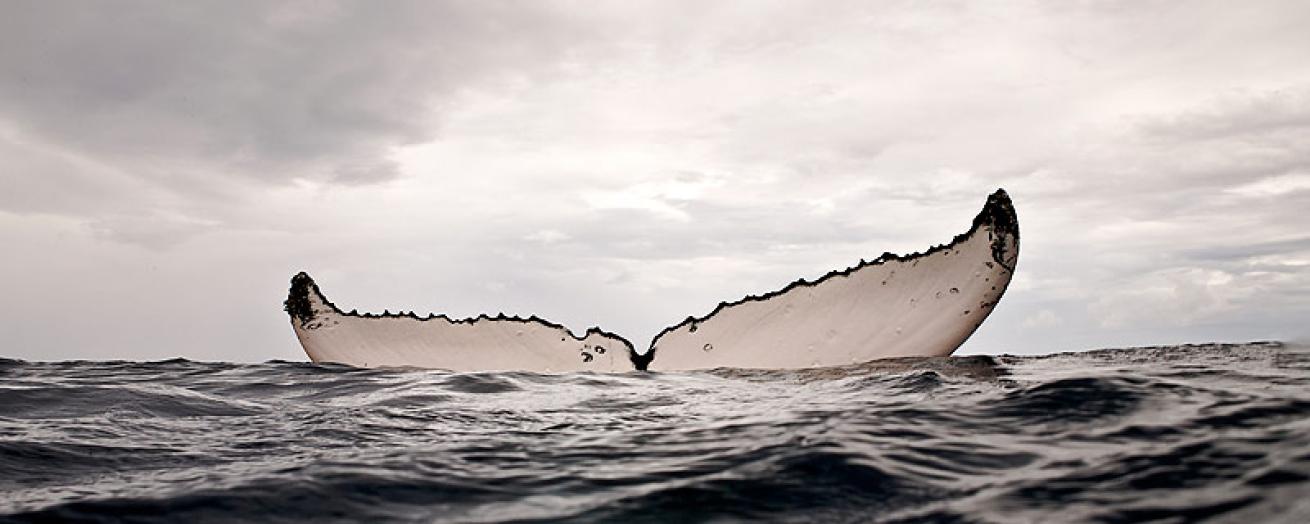
Bryant Austin
Will you continue to focus on photographing whales? What are your future plans with photography?
Whales are very close to my heart and so my photography work with them is less of a project confined by time. Instead, it is a practice that will continue as long as I’m alive, and as long as whales still roam among us. I am currently making preparations to return to the field in 2014 to begin creating life-size photographs of killer whales. I'm also seeking my next commission to create a life-size photograph of a blue whale, the largest creature ever to exist on Earth.


